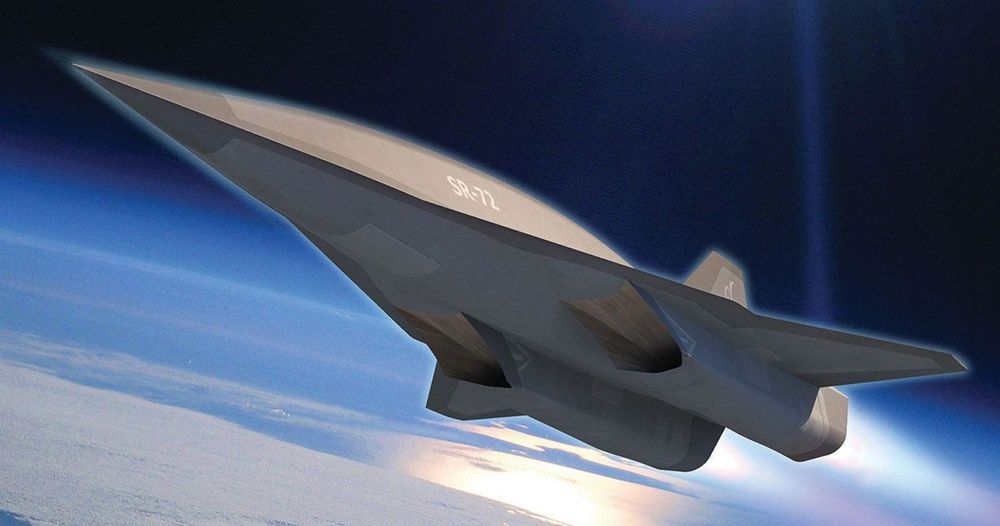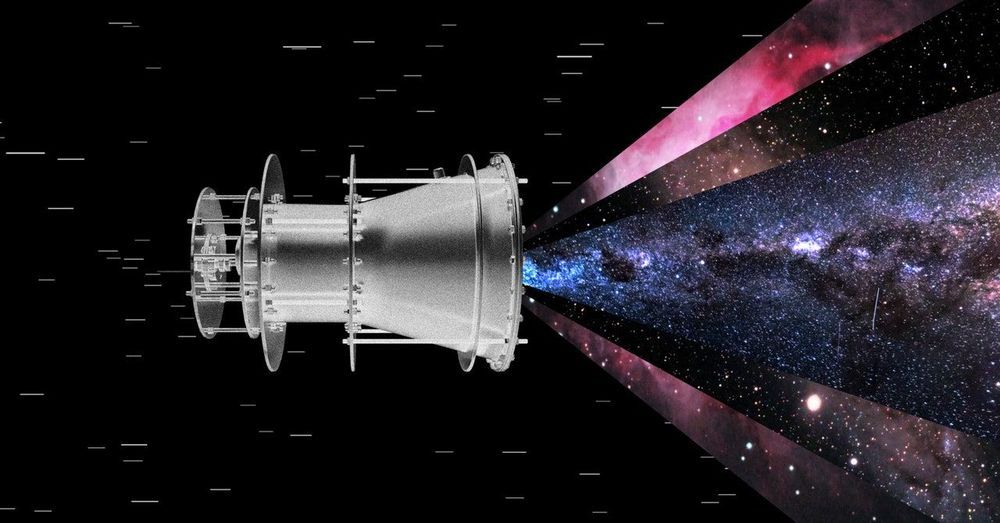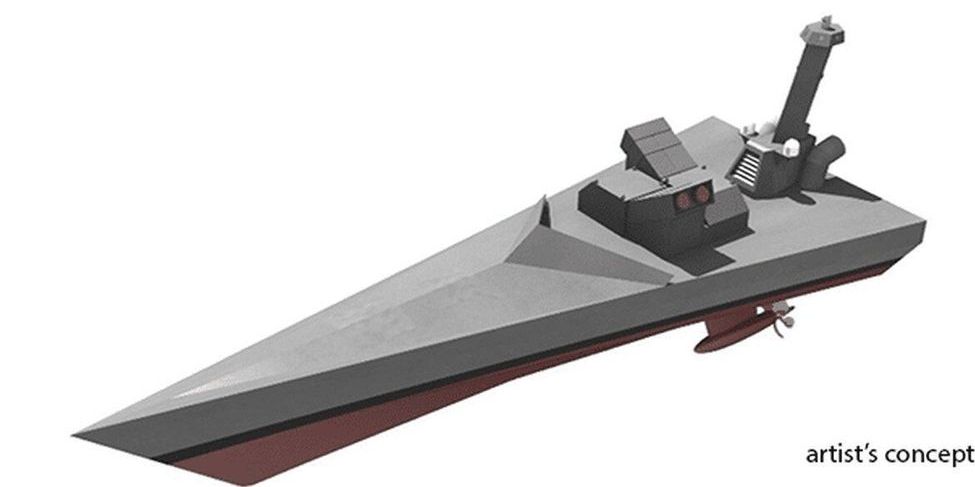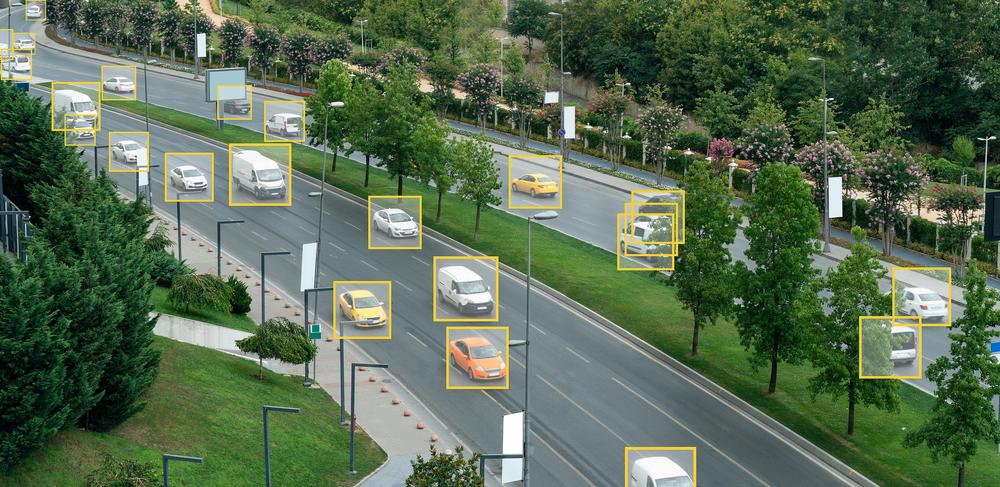If you really have the need for speed, you could get it on the ground. But if you’re looking more for stuff that can break the sound barrier many times over, you should consider looking up. That’s the hint casually dropped by aeronautic manufacturer Lockheed Martin, which has mulled over revisiting the idea of a hypersonic revamp. In this case, they’re reportedly looking at an upgrade of the old SR-71 “Blackbird” that first took to the air nearly 60 years ago.
Lockheed Martin’s Skunk Works department has been making noises about a revival of the legendary bomber, a jet that was capable of flying up to Mach 3. That’s slightly more than 3,700 mph, about one and a half times speedier than the .220 Swift, reportedly the fastest bullet ever produced.
But the Skunk Work’s brain trust claims the SR-72 might even double the speed of its predecessor. That’s a tricky proposition considering the plane’s air intake would be brutal at those speeds, like trying to start a campfire in gale-force winds.








